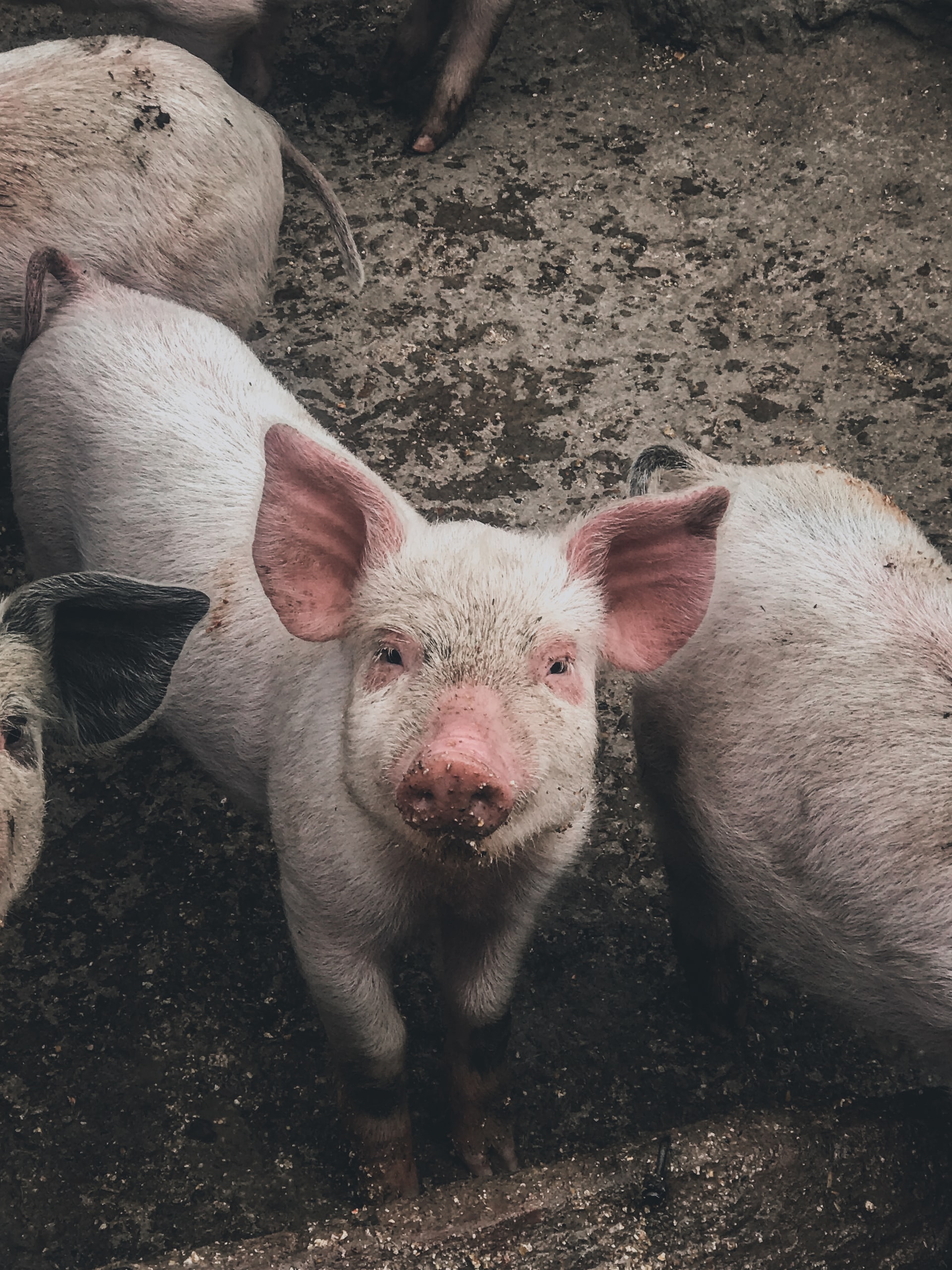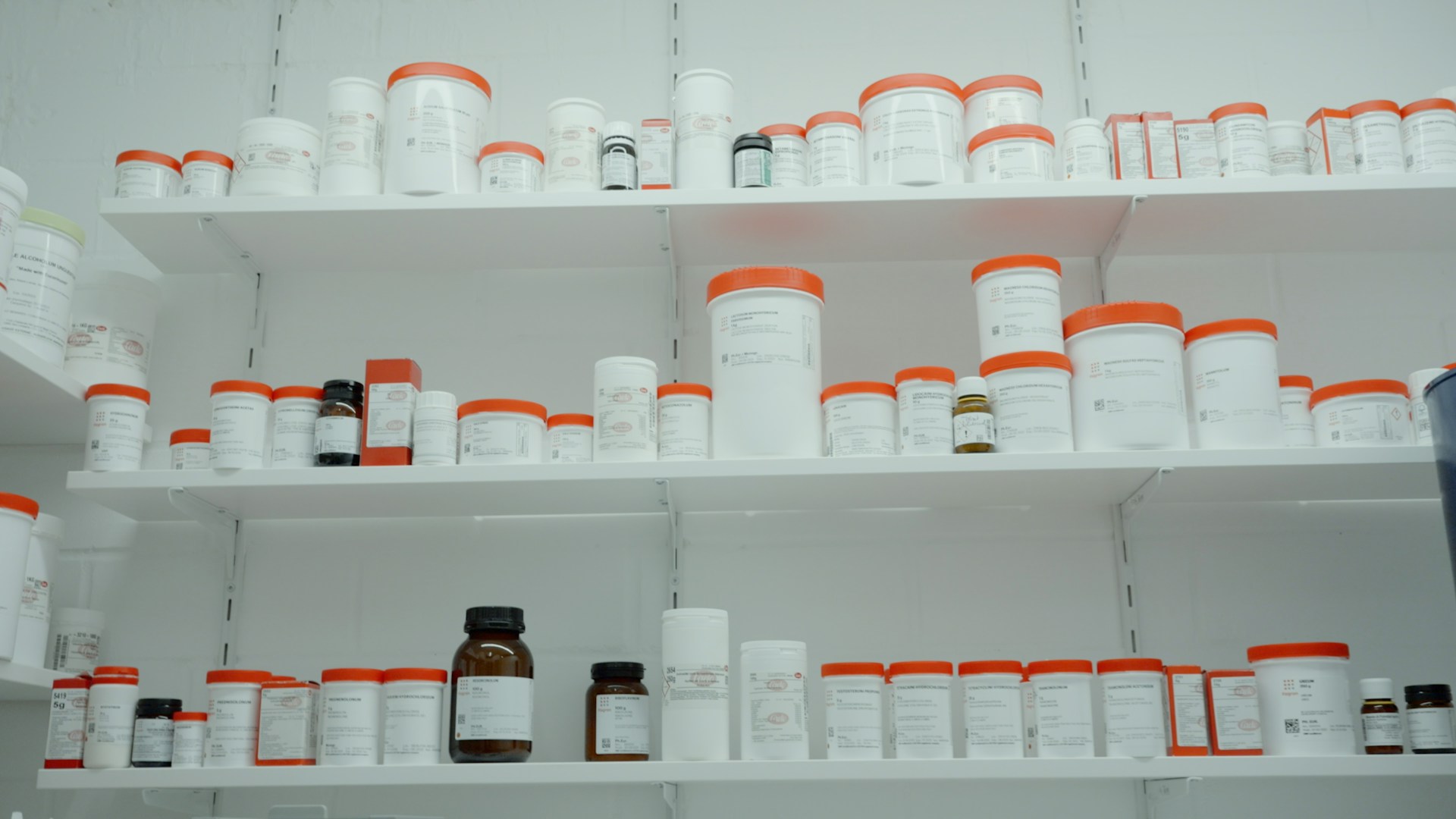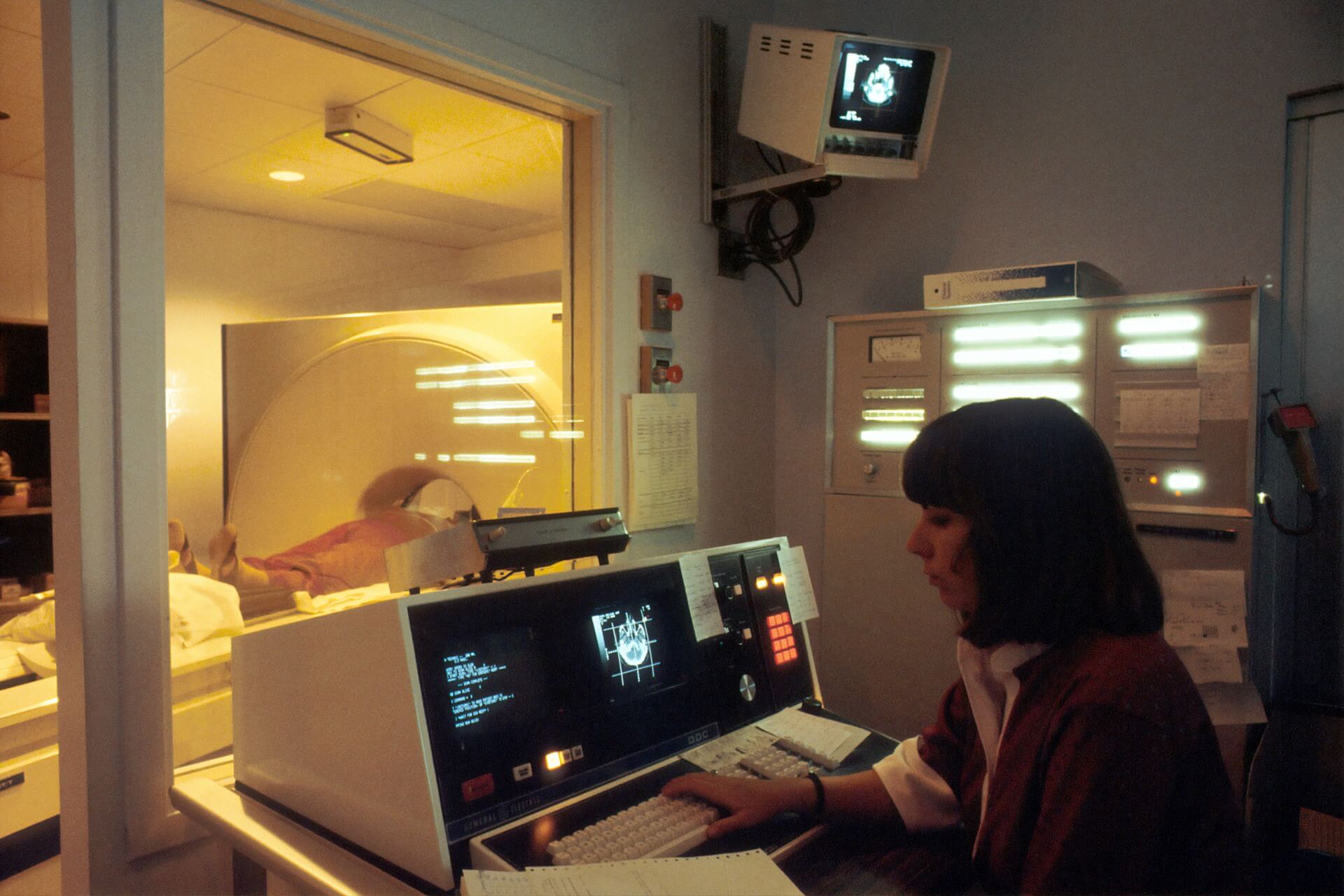
Glowing Mice and Chicken Teeth: The Strangest Examples of Biotechnology in Animals
February 22, 2023 - Revolutionized Team
Revolutionized is reader-supported. When you buy through links on our site, we may earn an affiliate commission. Learn more here.
Genetic engineering has the potential to solve countless problems, from world hunger to chronic diseases. Animals often serve as the model for genetic testing and manipulation, but they can also be used to provide more sustainable food, create products that are difficult to produce or serve as organ donors. Here are eight fascinating examples of using biotechnology in animals.
1. Spider Goats
Alas, they don’t climb walls, but spider goats have an equally fascinating ability: producing silk. Scientists used somatic cell nuclear transfer to splice spider DNA into goats, which resulted in the goats producing spider silk proteins in their milk.
Goats are obviously much larger — and easier to farm — than spiders, meaning people could potentially mass-produce this silk for commercial applications. Scientists hope to use it to create strong adhesives and artificial ligaments for people with injuries.
2. Mutant Chickens
Scientists have produced chickens that lay eggs containing medicine. Currently, the chickens can produce drugs for cancer and arthritis, but it will be another 10-20 years before the medicines are on the market for human consumption.
Researchers say the eggs are cheaper to create than pills, partly because they don’t require sterile conditions to produce. On a large scale, a chicken farm could potentially create enough medicine for commercial use.
Another type of bioengineered chicken had teeth. Although the teeth were reabsorbed in the egg, a 2006 experiment with mutant chicks showed that birds still have the genes encoding tooth development, an atavism that had previously never been demonstrated.
3. Flies With Strange Faces
Fruit flies have always been a favorite of geneticists. They readily take to laboratory conditions and breed rapidly, making them ideal candidates for studying genes. Scientists can manipulate a Hox gene called Antennapedia to make fruit flies grow legs out of their faces.
Because Hox genes control the development of body parts, tweaking them can cause body parts to grow in the wrong place. Because abnormal Hox gene expression can lead to diseases like cancer, knowing how to control them could lead to breakthroughs in medicine.
4. Special Pigs
After being bitten by a lone star tick, some people develop a terrible allergy to mammalian meat and milk, a disease called Alpha-gal syndrome. This severely limits their food choices and makes going out to eat a potentially deadly affair. Enter: the GalSafe pig.
One of the strangest examples of biotechnology in animals, scientists engineered the GalSafe pig to lack the Alpha-gal protein that some people react to. These pigs allow people to eat pork again, but they also have another, more useful purpose: serving as organ donors.
Until now, animal-to-human organ transplants have been impossible. People’s bodies view Alpha-gal proteins as foreign, sending their immune systems into overdrive. Therefore, their bodies reject the organs.
Now, scientists have been able to remove a kidney from a GalSafe pig and transplant it successfully into a human. This astonishing breakthrough is surely just the beginning of a new age of medicine.
Scientists have also genetically modified pigs to produce up to 24% less nitrogen and 44% less phosphorus in their waste. Pig manure is a major contributor to water pollution, so this is good news for waterways. The GM pigs also grow faster and require less food than normal pigs.
5. Glowing Animals
Putting jellyfish genes into mouse embryos causes them to fluoresce under UV light. The mice serve as models for specific diseases, as well as the effects of missing or added genes.
Researchers have created other glowing animals, too, including dogs, cats and sheep. By injecting them with a gene that produces a fluorescent protein, scientists can essentially tag genes they want to study and see if they’re active by simply putting the animal under UV light.
They did this with zebrafish with the aim of creating a fish that would light up in polluted water. This led to the creation of the GloFish, a patented brand of GMO animals that became the world’s first genetically engineered pets.
6. Supersized Salmon
Biotechnology can also be used in animals to improve the food supply, making animals that grow faster and larger. The first genetically modified animal approved for human consumption in the U.S. is called the AquAdvantage salmon. Researchers combined its genes with those from Pacific Chinook salmon and ocean pout — an eel-like fish — to make it grow rapidly, reaching market weight faster than wild-caught or even selectively bred, farmed salmon.
This has major implications for the fish industry. Fishing salmon from the wild can be unsustainable, and the fish have to be shipped around the country from their original source. This uses fuel and contributes to greenhouse gas emissions. If salmon can grow quickly and healthily in fish farms, they’ll be a more sustainable protein source.
7. Self-Destructing Mosquitoes
Scientists have employed biotechnology to create mosquitoes that carry two unusual genes. The first is a marker gene that makes the insects fluorescent under a certain red light, making it easier to find them. The second is a self-limiting gene that causes females to die before reaching maturity.
Since only females bite humans and spread diseases such as malaria, dengue fever and Zika virus, they’re the main target. First, genetically modified mosquito eggs are released into the environment.
When they hatch, the females soon die, and the males — who also carry the self-limiting and fluorescent genes — mate with other females, passing on the lethal genes to the next generation. Over time, the aim is to reduce the number of mosquitoes.
This could have remarkable benefits, especially for people living in areas where mosquito-borne illnesses are prevalent.
8. Cows That Make Safer Milk
Milk is one of the most common food allergens. Specifically, the protein that many people react to is called BLG, and it’s absent from human milk. Scientists were able to genetically engineer a cow that produced milk lacking the BLG protein, theoretically making it safe for someone with a milk allergy to consume.
Hopefully, dairy products made by these genetically-modified cows will be available for human consumption in the future.
Biotechnology in Animals: A New Horizon?
With the development of genetic engineering, scientists have been able to reach previously unthinkable breakthroughs. The truth is that bioengineered animals may hold the key to solving many of the world’s problems. The future of food, medicine and sustainability may not hinge on GMO animals, but they certainly don’t hurt.
Revolutionized is reader-supported. When you buy through links on our site, we may earn an affiliate commission. Learn more here.







